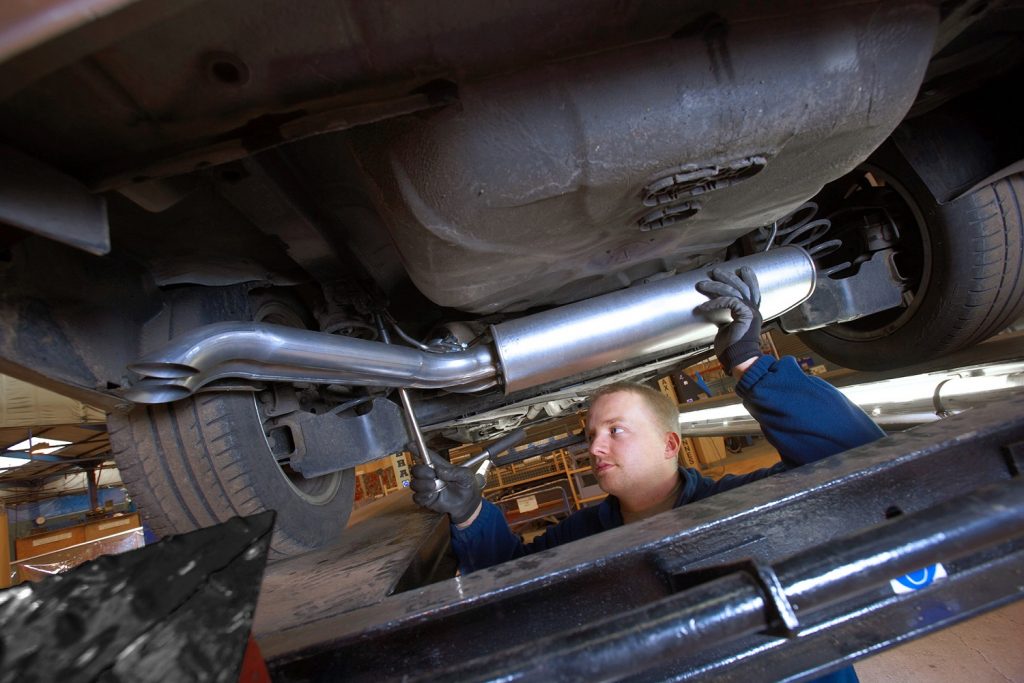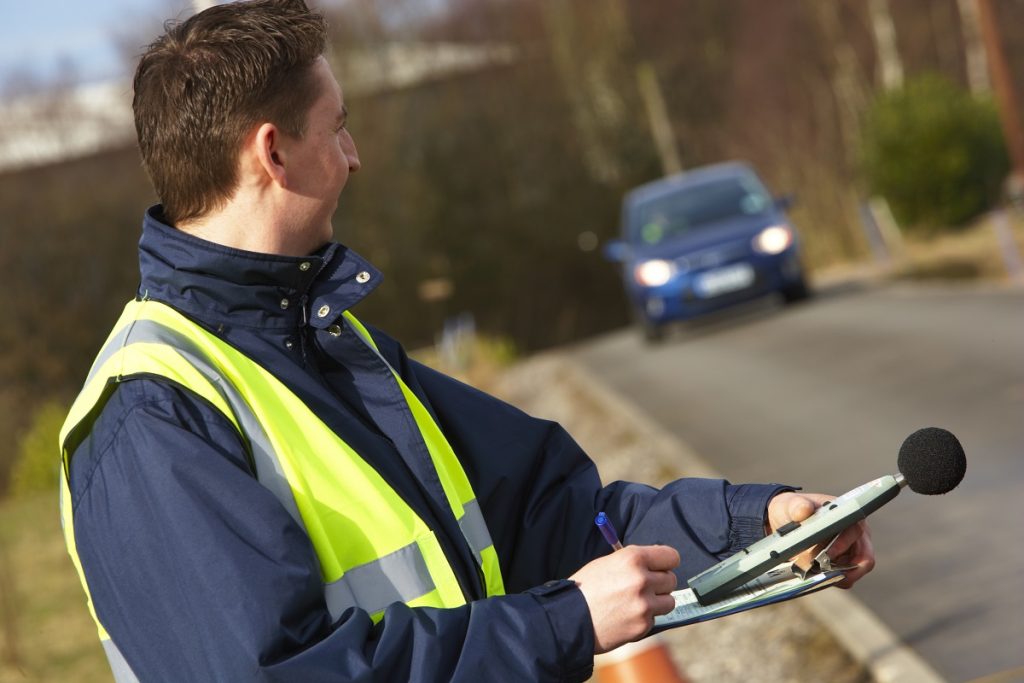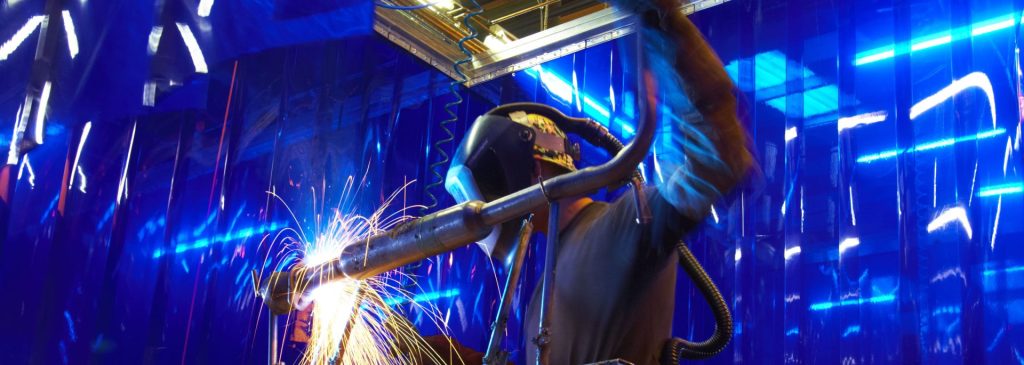From dieselgate to clean air zones, vehicle emissions are rarely out of the news. While new, highly efficient combustion engines and electrification are making gains in our battle to reduce global warming and improve air quality, exhausts remain on the frontline of lowering CO2, NOx and particulate emissions. Consequently, emissions control technology has rapidly developed over the decades, presenting challenges to original equipment manufacturers (OEMs) and the aftermarket alike.

Doug Bentley, Head of Research and Development at Klarius Products, discusses the latest advancements in emissions control technology, compliance with legislative standards and what this means for the industry.
More than blowing hot air
Introduced to reduce noise and fumes from combustion engines, exhausts became more than simple pipes when it was discovered that fitting them improved engine performance. By slightly restricting the exhaust, the velocity of gases could be increased and negative pressure waves inside the system harnessed for scavenging from each cylinder, increasing power output.
As well as tuning, attention turned to how exhausts could reduce harmful emissions. Initially developed for industrial smokestacks, the first production catalytic converters (CATs) were introduced in the 1970s, and widely adopted and fitted on new cars in the US. Featuring an internal structure coated in platinum, rhodium and palladium, CATs react with exhaust gases at high temperatures, reducing harmful emissions. Despite widespread use, CATs didn’t become mandatory on new UK cars until 1992.
Legislation for the nation
The reason for this was the introduction of Euro 1, a new EU emissions standard. Emissions legislation had existed before, but Euro standards would drive rapid technological development of exhausts in Europe. Ultimately, the aim was to reduce hydrocarbon, NOx, carbon monoxide and particulate emissions from internal combustion road vehicles.
Each iteration of the standard is more prescriptive, forcing car manufacturers to meet lower levels of emissions for new models. Our current standard, Euro 6, was introduced in 2014, with Euro 7 set for July 2025. The effect of these standards has been enormous.
In 2017, the Society of Motor Manufacturers and Traders (SMMT) estimated that the Euro standards had reduced hydrocarbon emissions from vehicles by 50% and NOx by 84% since 2001; while particulate matter from diesels was down by 96%, since 1993.[1] These incredible reductions are owed (along with new efficient engine designs) in part to new emissions control technologies.
Dealing with diesels
Hot on the heels of Euro 4 in 2005 came Euro 5 in 2009. Both standards focused on reducing the NOx and particulate emissions from diesel vehicles and saw the advent of the diesel particulate filter (DPF).
A flow through device with a honeycombed internal monolith, the DPF captures soot from the exhaust gas stream, storing it within. Once the device reaches a high enough temperature during normal driving (passive) or at the behest of the engine control unit (ECU) (active), it reduces the soot to fine ash in a process known as regeneration, preventing particulates entering the atmosphere. As of Euro 5, all diesel vehicles were required to have a DPF installed.
Euro 6 spurred the adoption of AdBlue for diesel vehicles, a urea-based solution designed to further reduce NOx emissions. Stored in a separate tank, AdBlue is sprayed into the exhaust gas stream, reacting with NOx to produce harmless nitrogen and water vapour in a process known as selective catalytic reduction (SCR). While a complex system, SCR has allowed diesel vehicles to meet the very highest emissions standards.
Emissions testing in real-world conditions

Standards were further improved in 2017, as the Worldwide Harmonised Light Vehicle Test Procedure (WLTP) was rolled out. Designed to better simulate real-world driving conditions, this required car manufacturers to lower emissions over a broader range of vehicle operation.
By 2018, EU6c legislation came into effect, which further reduced the permissible NOx and particulate emissions for both diesel and petrol cars. To meet this standard, new petrol vehicles were fitted with a petrol particulate filter (PPF), similar in function to its DPF counterpart.
A complex challenge for the aftermarket
As well as presenting technical challenges to car manufacturers, the aftermarket must also keep pace with changing emissions standards. Being able to effectively supply replacement exhausts relies on exactly replicating (or even exceeding?) emissions control technology from the manufacturer. Failure to do so results in an inferior design that will harm vehicle performance and produce more emissions. Fitting a poor-quality exhaust risks the reputation of the repair garage, and motorists are often rewarded with a failed MOT.
However, mirroring emissions control technology is complicated by the different methodologies of manufacturers. While basic principles are the same, like placing PPFs and DPFs close to the engine to speed up regeneration, some designers choose combined CAT/DPF units while others keep them separate. In SCR systems, each manufacturer opts for different sequencing and packaging of components. Navigating these varied exhaust designs is a minefield.
Meeting the standards of car manufacturers

Quality aftermarket suppliers must provide components that match or exceed OEM specification and the standard that governs this is type-approval. Type-approval, ratified by the Vehicle Certification Agency (VCA) in the UK and the TÜV in Europe, certifies that an exhaust design conforms to the specification of the original part. Achieving this standard relies on taking an innovative approach to research and development.
Ultimately, this involves developing aftermarket exhausts using real-world vehicles of correct model, make and production year. Taking the original part and reverse engineering it results in an aftermarket equivalent that matches the design. Then, by fitting it to the corresponding vehicle, getting out on the test track and measuring emissions, noise and back pressure, an aftermarket supplier can successfully develop a like for like replacement. By submitting design and test data and achieving type-approval, an aftermarket supplier can guarantee that as a minimum, the new exhaust is an equivalent for the original.
What the market demands
While a methodical, engineering-led exhaust development path can allow aftermarket manufacturers to replicate even complex Euro 5 and Euro 6 systems, the other aspect is providing what motorists need. When a new Euro standard is introduced, aftermarket manufacturers have three years to develop replacement parts before cars and vans built to that legislation undergo their first MOT. Considering the wide range of marques and models involved, this is a fast turnaround time.
Consequently, research and development will focus on the most popular vehicle applications. By harnessing UK and European sales and car parc data, the aftermarket can target cars and vans which will need the most support, and plan accordingly. Parts for more niche applications, like low selling sportscars for example, won’t be prioritised like systems for the latest best-selling hybrid crossover. As well as supporting more motorists, this approach provides faster payback on research and development.
Solutions to every standard

The UK’s largest aftermarket exhaust manufacturer, Klarius Products offers over 11,000 references covering vehicle applications of every Euro standard. Every applicable product is type-approved, matching or exceeding the performance of the original part. Testing with real-world vehicles of correct make, model and production year ensures that cars and vans fitted with Klarius systems maintain their compliance with relevant emissions legislation. All parts for petrol, diesel and hybrid vehicles are offered with a Fit First Time guarantee and a 2-year standard warranty. Next day delivery is available across the range for parts ordered by 5.30 pm.
[1] Euro 1 to Euro 6 guide – find out your vehicle’s emissions standard – RAC



